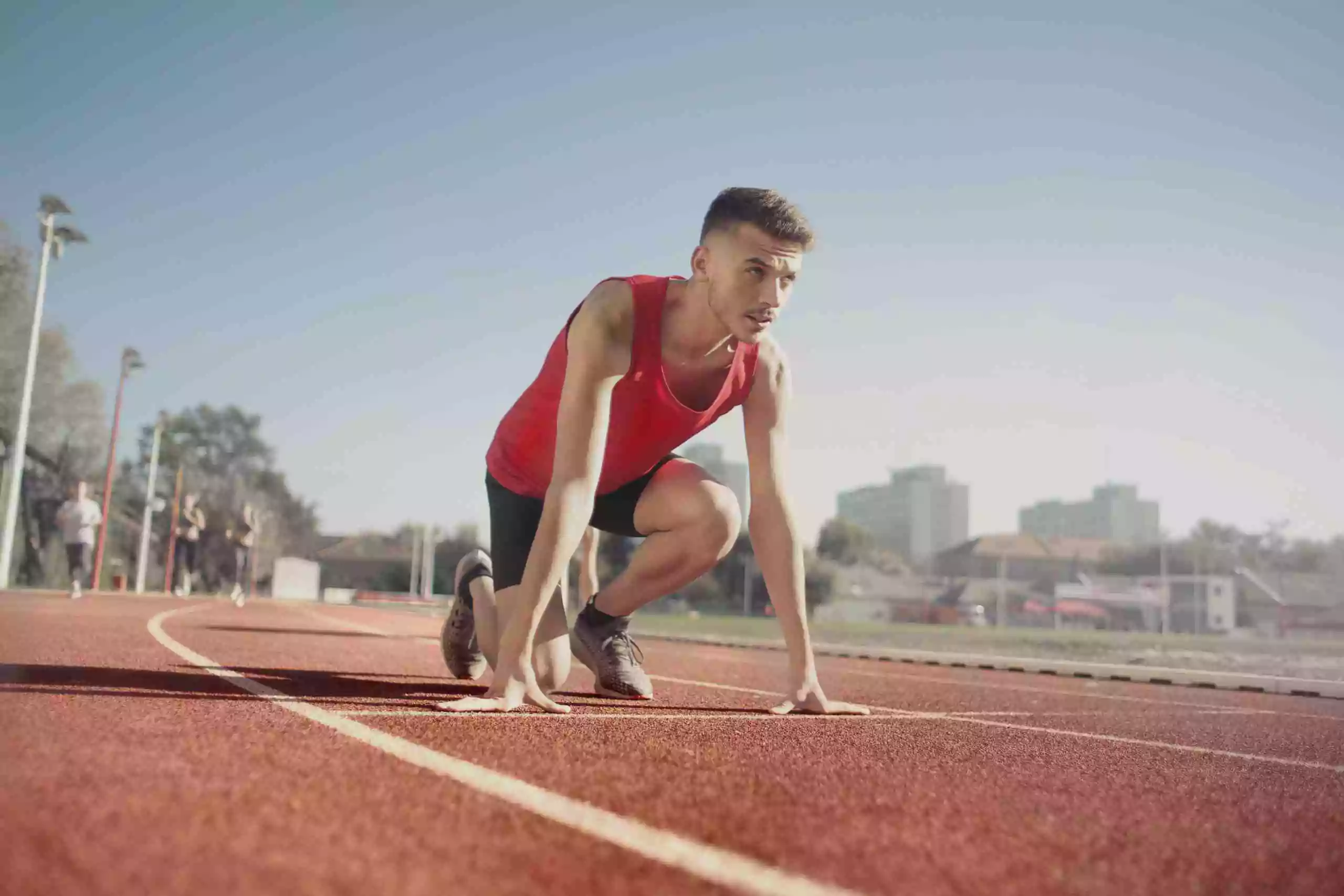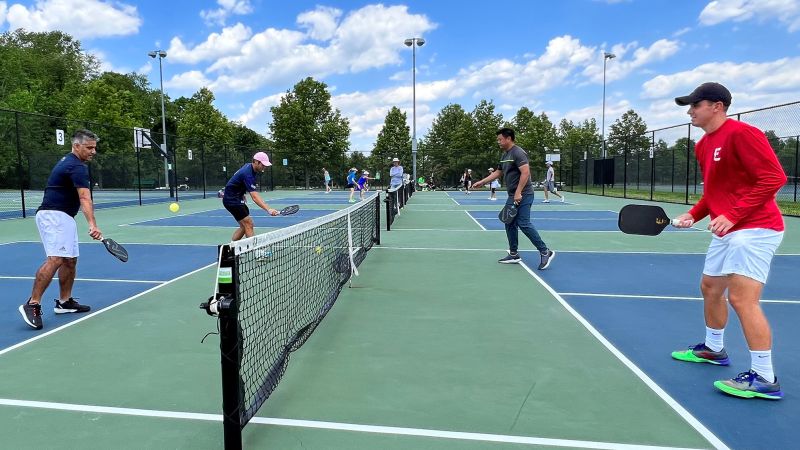Top Health and Fitness Trends Among Professional Athletes
The world of professional athletics is constantly evolving, with new trends in health and fitness emerging every year. These trends not only help athletes enhance their performance but also ensure their overall well-being and longevity in their sports. As we move further into 2024, several key trends are shaping the training, recovery, and nutritional strategies of professional athletes. This blog post explores the top health and fitness trends among professional athletes and how they can benefit from incorporating these practices into their routines.
1. Personalized Training Programs
Why It Matters: Every athlete is unique, with different strengths, weaknesses, and physiological responses to training. Personalized training programs are tailored to the individual needs of each athlete, optimizing performance and reducing the risk of injury.
How It Works:
- Data Collection: Coaches and trainers use advanced technology to collect data on an athlete’s performance, including heart rate, VO2 max, lactate threshold, and biomechanical analysis.
- Customized Plans: Based on this data, individualized training plans are developed, focusing on areas that need improvement while maintaining the athlete’s strengths.
- Continuous Monitoring: Ongoing monitoring and adjustments ensure that the training program remains effective and aligned with the athlete’s goals.
2. Recovery and Regeneration Techniques
Why It Matters: Recovery is a crucial aspect of athletic performance. Proper recovery techniques help prevent injuries, reduce muscle soreness, and improve overall performance.
Popular Techniques:
- Cryotherapy: Exposing the body to extremely cold temperatures to reduce inflammation and promote muscle recovery.
- Compression Therapy: Using compression garments or devices to improve blood flow and reduce muscle swelling.
- Sleep Optimization: Focusing on quality sleep as a critical component of recovery. Techniques include maintaining a consistent sleep schedule, creating a conducive sleep environment, and using wearables to track sleep patterns.
- Active Recovery: Incorporating low-intensity activities like yoga, swimming, or light jogging to enhance blood circulation and promote muscle repair.
3. Advanced Nutrition Strategies
Why It Matters: Nutrition plays a vital role in an athlete’s performance, recovery, and overall health. Advanced nutrition strategies help athletes meet their specific dietary needs and fuel their bodies for peak performance.
Key Approaches:
- Personalized Nutrition Plans: Tailoring diet plans based on an athlete’s specific requirements, including macronutrient ratios, calorie intake, and timing of meals.
- Supplementation: Using supplements to address nutritional gaps, enhance performance, and support recovery. Common supplements include protein powders, amino acids, omega-3 fatty acids, and multivitamins.
- Hydration Strategies: Ensuring proper hydration through personalized hydration plans that consider an athlete’s sweat rate, electrolyte balance, and activity level.
4. Mental Health and Wellness
Why It Matters: Mental health is just as important as physical health for professional athletes. A strong mental game can enhance performance, reduce stress, and improve overall well-being.
Popular Practices:
- Sports Psychology: Working with sports psychologists to develop mental resilience, focus, and coping strategies for high-pressure situations.
- Mindfulness and Meditation: Incorporating mindfulness practices and meditation to reduce stress, improve concentration, and enhance mental clarity.
- Mental Health Support: Providing access to mental health professionals and resources to address issues like anxiety, depression, and burnout.
5. Functional Training
Why It Matters: Functional training focuses on exercises that mimic the movements of an athlete’s sport, enhancing overall performance and reducing the risk of injury.
Key Components:
- Movement Patterns: Training movements that are specific to the sport, such as lateral movements for basketball players or explosive starts for sprinters.
- Core Stability: Strengthening the core muscles to improve balance, stability, and overall athletic performance.
- Mobility and Flexibility: Incorporating exercises that enhance joint mobility and muscle flexibility to prevent injuries and improve movement efficiency.
6. Wearable Technology and Data Analytics
Why It Matters: Wearable technology and data analytics provide valuable insights into an athlete’s performance, recovery, and overall health. This information helps optimize training and prevent injuries.
Popular Devices:
- Fitness Trackers: Devices like smartwatches and fitness bands that monitor heart rate, activity levels, sleep patterns, and more.
- GPS Trackers: Used to track an athlete’s movement, speed, and distance during training and competitions.
- Biomechanical Sensors: Devices that analyze an athlete’s movements to identify inefficiencies and potential injury risks.
7. Sustainable Practices
Why It Matters: Sustainability is becoming increasingly important in all areas of life, including sports. Athletes are adopting sustainable practices to reduce their environmental impact and promote overall well-being.
Key Practices:
- Eco-Friendly Products: Using environmentally friendly sports gear, apparel, and nutrition products.
- Sustainable Training Facilities: Training in facilities that prioritize energy efficiency, waste reduction, and sustainable practices.
- Community Engagement: Athletes using their platforms to promote environmental awareness and engage in community initiatives.
8. Integrative Health Approaches
Why It Matters: Integrative health approaches combine conventional medicine with complementary and alternative therapies to enhance overall health and performance.
Common Practices:
- Chiropractic Care: Addressing musculoskeletal issues and improving overall alignment and mobility.
- Acupuncture: Using acupuncture to reduce pain, promote recovery, and enhance overall well-being.
- Massage Therapy: Incorporating regular massage therapy to reduce muscle tension, improve circulation, and support recovery.
9. E-Sports and Virtual Training
Why It Matters: The rise of e-sports and virtual training is transforming how athletes train and compete. These technologies provide new opportunities for performance enhancement and fan engagement.
Key Developments:
- E-Sports Competitions: Professional athletes participating in e-sports events and virtual competitions.
- Virtual Training Platforms: Using virtual reality (VR) and augmented reality (AR) platforms to simulate game scenarios and enhance training.
- Fan Engagement: Leveraging digital platforms to connect with fans and create immersive experiences.
10. Holistic Health Approaches
Why It Matters: Holistic health approaches focus on the overall well-being of athletes, addressing physical, mental, and emotional health.
Key Practices:
- Yoga and Pilates: Incorporating yoga and Pilates to enhance flexibility, strength, and mental focus.
- Mind-Body Techniques: Practices like tai chi and qigong that integrate physical movement with mental and emotional balance.
- Holistic Nutrition: Focusing on whole, nutrient-dense foods that support overall health and performance.
The health and fitness trends among professional athletes in 2024 reflect a comprehensive approach to performance and well-being. By adopting personalized training programs, advanced recovery techniques, and holistic health practices, athletes can optimize their performance and extend their careers. As technology continues to advance and new trends emerge, the future of professional athletics will undoubtedly be shaped by these innovative approaches to health and fitness. By staying informed and embracing these trends, athletes can achieve their highest potential and maintain their well-being in a rapidly evolving sports landscape.







